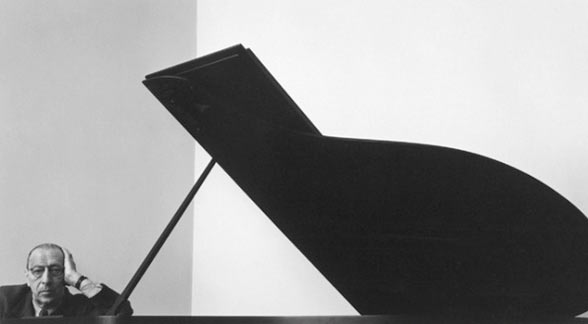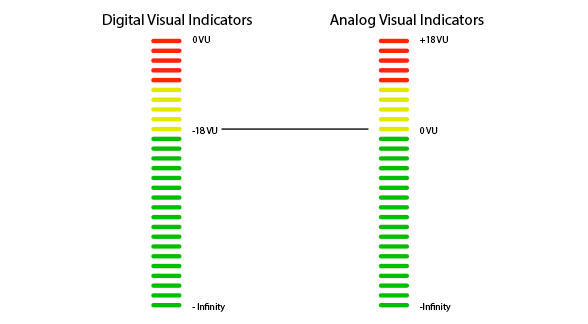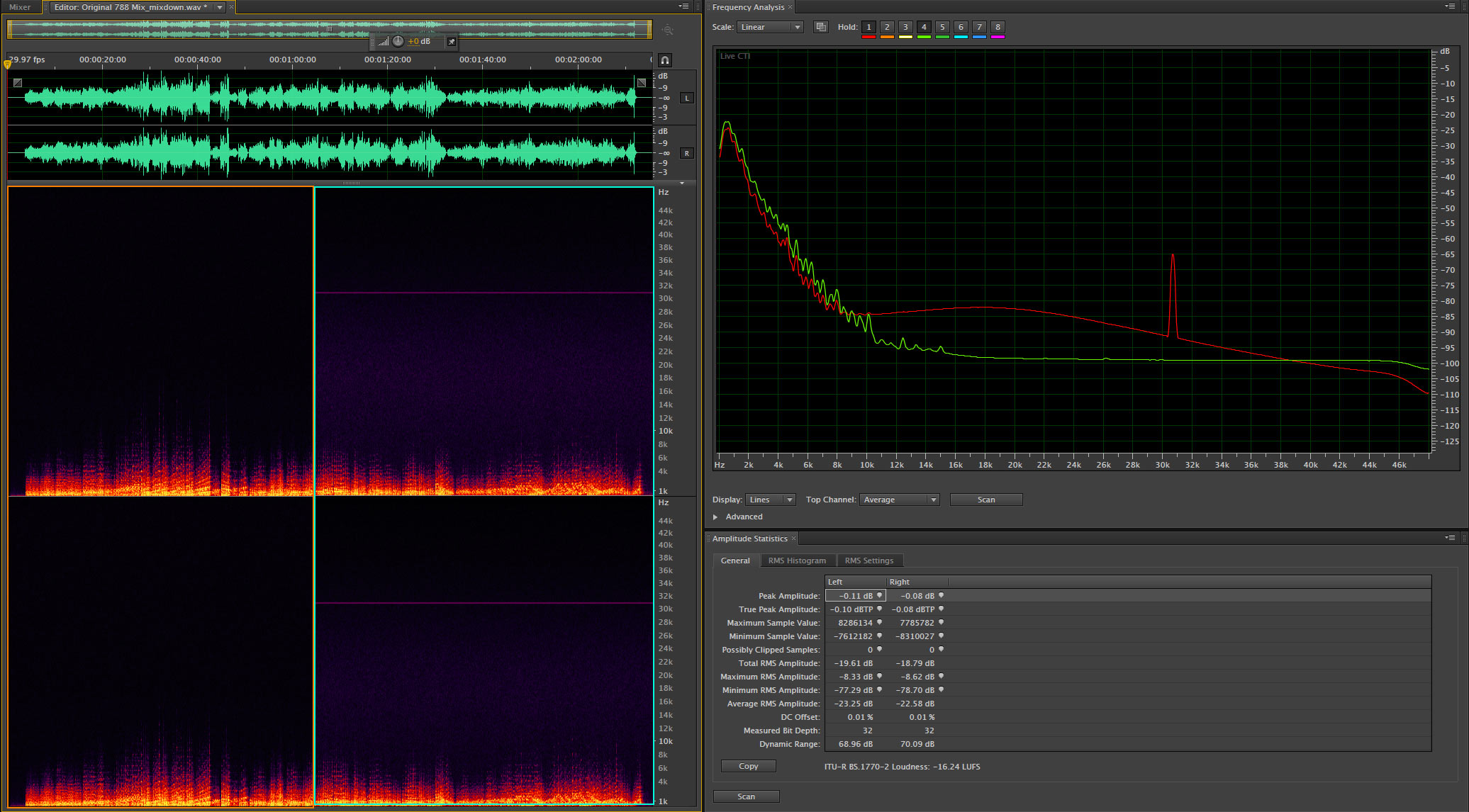I’m Biased
I spent part of yesterday transferring a single tune from my recent solo jazz recording to my Nagra IV-S and then back again to PCM digital at 96 kHz/24-bits. I calibrated the inputs and outputs with a 1 kHz sine wave at -18 dB from my console. Why -18 dB you might ask? Don’t we always reference our VU meters and associated electronics at 1 VU (or .775 volts)? You’d be correct if we were dealing with a purely analog signal chain. In this instance, I was using a digital oscillator from my Euphonix System 5 console to create the tone. Since I want to make sure the level on the analog tape machine allows for an appropriate amount of “headroom”.
Headroom is the amount of additional signal that can be recorded on the tape above the 0 VU point prior to tape saturation. Over the years both the hardware and tape formulations have improved so that the amount of headroom has increased. In the 50s, it might have been around 6-10 dB. When I started engineering in the early 70s it had moved to around 15 dB and today it extends to 18 dB and even more.
So when -18 dB VU is output from the digital console and recorded on the analog tape, there is still 18 dB of headroom that you can count on prior to any distortion. That equates to the additional 18 dB of signal that a digital system can use prior to hitting 0 VU. A digital system doesn’t allow any “soft” overages like tape does so you’ve got to stop at the top of the scale or 0 dB (see the diagram below).
Figure 1 – Comparison between metering in digital and analog VUs
I recorded 8 tracks during the session on August 13. I There was an XY stereo pair of AKG 460B condenser mikes pointed at the high end of the piano harp, a pair of Neumann U-87s (large diaphragm) in a loose ORTF pattern pointed towards the lower register and a pair of B&K 4012 at the back of the hall for the reverberation.
The output of the CL8, the on board line mixer associated with the SD 788T, provided a real time mix of these 6 microphones to an additional left-right stereo pair. This was also sent to the Nagra IV-S.
For the current test, I created a mix of the 6 mikes through my digital console. The artist felt the mix as delivered was a little light on the high end. So rather than use equalization, I simply pushed the level of the higher pair of mikes a couple of dB. This put the brightness into the sound that he was thought was missing. I agreed that the sound is better now.
Figure 2 – Spectral comparison between 96/24 PCM and an analog tape recording. (Click to enlarge)
So this is the 96 kHz/24-bit mix that is plotted in Figure 2 as shown below. It is on the left side of the spectragraph and is the GREEN line in the right hand display. The dynamic range is around 70 dB.
The right hand portion of the spectragraph and the RED line in the other plot shows that same mix (referenced to exactly the same levels) after it has been recorded to the Nagra IV-S and then recaptured into a 96/24 PCM stereo soundfile (I have to do this to be able to do the analysis).
As you can see there are two things about the analog tape version that stick out. First, the bias frequency of the Nagra is clearly evident at 31 kHz. The other notable feature is the presence of a purple haze after about 10 kHz. This is the analog tape hiss that we battled with Dolby noise reduction throughout the era when analog multichannel recording was the only game in town.
The analog tape is equivalent to a first generation recording…not several generations down. I have placed portions of this tune on the FTP site for those that would like to take a critical listen and do the analysis themselves. Both sound wonderful. My client is very happy with the sound AND his playing.
I’ll be able to include the first generation analog recording once he decides which take he wants to use. I have to avoid the takes that he wants to cut “OTM” (out to master).




My question isn’t “Why -18 dB?”. My question is “Why not -23 LUFS?”.
I refer, of course, to ITU-R BS.1770-2 and EBU Recommendation 128. I know the topic therein is ostensibly broadcasting, but applying it to audio looks to be all good to me.
The digital to analog equivalency changes as the headroom of analog tape has evolved over time. Maybe I’m out of date (the ITU spec that you refer to is has to do with DialNorm and broadcast and can’t be applied in this case for music) and the headroom of modern tapes has moved up to 23 dB…but I’m comfortable at 18, which is why I choose that as the point of equivalency. It used to be -13 dB but tape has improved.
BTW what is the FTP site to which you refer?
I’m talking about the FTP site associated with this website that readers can access in order to get files to listen to.
In the track converted from analogue, I hear overload / clipping distortion in the 26th & 30th second in the left channel. Is it there in the original or is it due to ADC or is it introduced in my DAC since it peaks at -0.1 db in that location. I wonder why you could not keep the levels slightly lower (maybe -1db)
Andrew, there isn’t any distortion on the original file or the transfer when I listen and check them hear. In order to make the spectragraphs the same, I manually “normalized” them to modulate the entire 24-bits. The dynamic range doesn’t change by doing this…it simply means that they get very close (as you noted to the max).
The original analog recordings peak at around -3 dB.